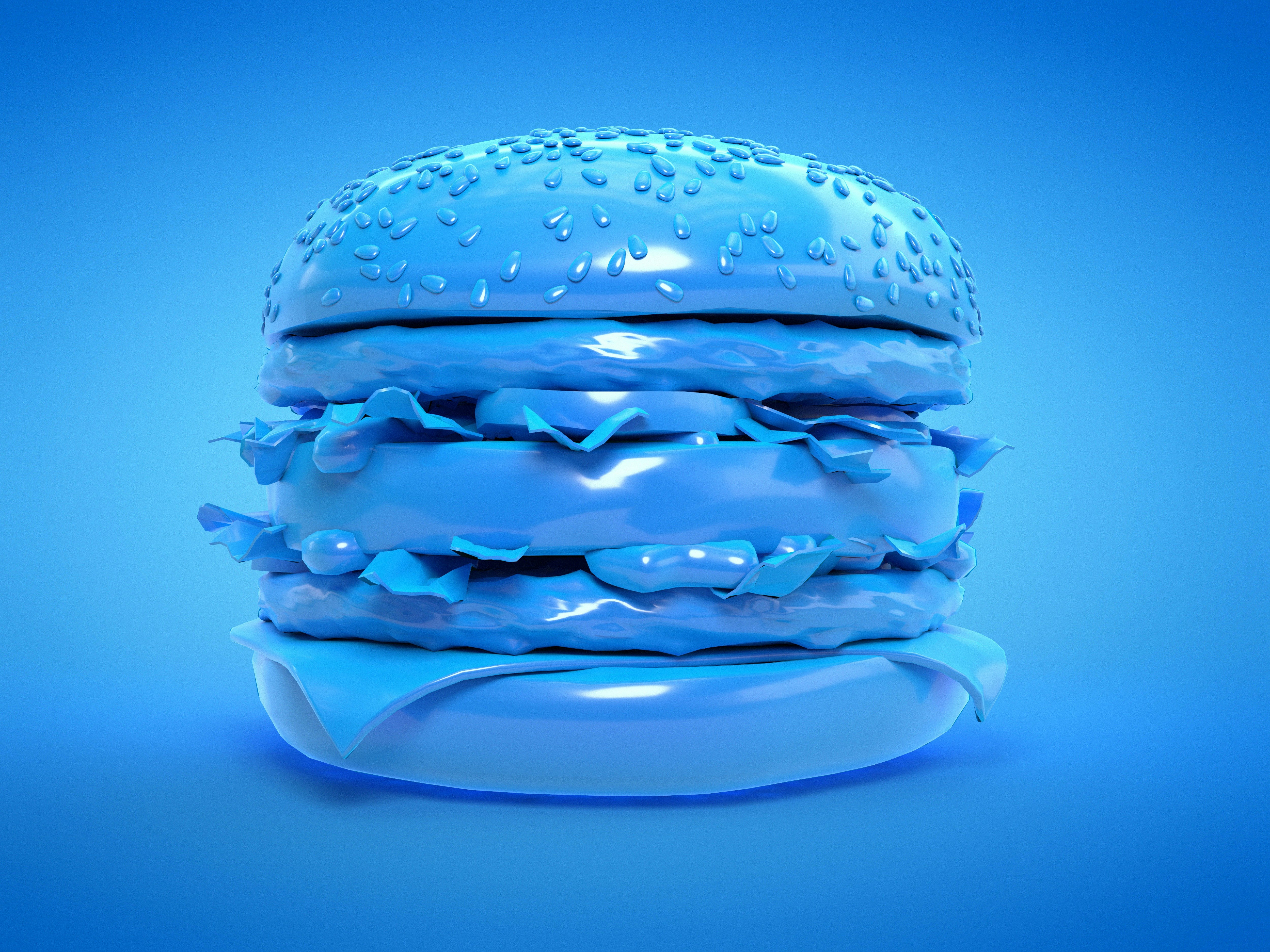
Depression is a complex condition that can affect many facets of one’s life. For some people, it can manifest as a lack of interest in eating. They may feel unmotivated to eat or even overwhelmed by the idea of cooking themselves a meal.
In turn, some folks eat “depression meals.” Across platforms like TikTok, people are sharing what they eat when they lack the physical and mental energy to do much of anything, never mind making food. On TikTok, the depression meals hashtag boasts more than 23.6 million views. It’s a no-judgment code for a clear message: Eating anything is better than eating nothing.
But the conversation around “depression meals” isn’t matched in popularity by the discussion of what might come next: Eating in a sustainable, healthy way. The increasingly clear connection between diet and mental health makes this all the more interesting — and complicated. The food we eat when we need a quick meal is often food that’s worse for our mental health. But the contrary may also be true.
The link between food and mental health

Eating for good mental health is as much about what you don’t eat as what you do. While further and better studies are needed, mounting evidence suggests a link between eating ultra-processed foods and an increased chance of experiencing depressive symptoms.
Ultra-processed foods typically contain artificial food additives like preservatives, colors, and olfactory and taste enhancers. They are low in nutrients and fiber and high in sugar, salt, and fat. Think of packaged chips and cookies, sweetened breakfast cereals, and frozen meals. This food is also low-priced, convenient, and shelf-stable, so it makes sense that so many families rely on them. When time and money are limited, ultra-processed foods fill in the gap.
Cost and convenience come with a price. Ultra-processed foods are bad for the brain, and studies link eating them to an increased risk of developing dementia, cognitive decline, and poor mental health. There are several reasons for this connection, but one that’s especially of interest to researchers is the lack of micronutrients — minerals and vitamins — in this type of food. Micronutrients help with the production of neurotransmitters like serotonin and dopamine; consuming food high in micronutrients is linked to a better chance of good mental health.
Overall, “meals that are devoid of the essential nutrients needed to optimize brain chemistry, cause inflammation or fluctuation in our blood sugar, and have a direct effect on mood and energy,” Lina Bedgache, an associate professor at Binghamton University, tells me.
When it comes to mental health, nutrition counts more than calories — and some scientists advocate that diet needs to be routinely incorporated into any mental health plan. While there’s no one superfood food or supplement that can act as a “cure,” nutritious eating can be one tool in the toolbox.
With this in mind, researchers Bonnie Kaplan and Julia Rucklidge, authors of The Better Brain, combined their expertise in the lab and the kitchen and offer ideas for easy, inexpensive, good-for-the-brain meals (some of which you’ll find below).
4 ideas for “depression meals”

When I emailed with Kaplan, she recommended these meals in particular because each can be modified to suit taste and “can be foundational for a person looking to learn to cook very, very inexpensively and with great health benefits.”
4. Lentil stew
“Lentil stew is an absolute staple of our lives, especially for busy days because it takes so little time,” says Kaplan. She recommends using dried lentils because of their lower price point. Lentils are especially nutritious because they are a source of protein and fiber, as well as the micronutrients potassium, manganese, iron, and folate.
The three major ingredients in Kaplan’s preferred stew are dried lentils, fresh greens, and a can of tomatoes. It can be spiced up with chili peppers and served on brown rice.
3. Vegetarian chili
Here you’ll need three cans of beans you like, garlic, onion, bell pepper, carrots, celerity, and canned dice tomatoes. From your spice shelf, you’ll want to grab cumin, paprika, dried basil, dried oregano, chili powder, and hot chili peppers. You’ll also want to have olive or avocado oil on hand — high-quality fats are important for the brain.
Kaplan and Rucklidge’s book includes other meal ideas and accompanying recipes — though you can variations online that fit your preferences and budget.
2. Green Frittata
This meal is filled with healthy protein and greens. Kaplan and Rucklidge note that while it’s a tasty option for breakfast, it’s also a satisfying lunch or dinner.
The brain-friendly ingredients in this dish are eggs, onions, chives, garlic, asparagus, spinach, and olive oil.
1. Sour Cream-Lime Chicken
Roast chicken is a helpful foundational dish because once you learn how to roast a chicken, you can mix it up with different rubs — mixes of seasoning and flavoring applied to the outside of the meat. One option is this mixture, which includes coriander, cumin, salt and pepper, lime, and sour cream or plain yogurt.







